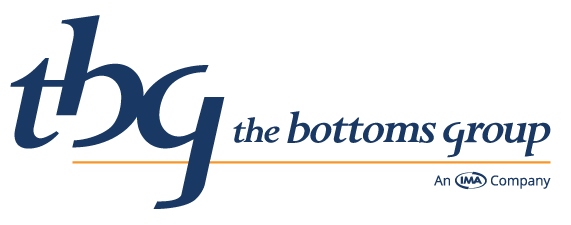Chief Executive Officer
We believe:
1. The future of life insurance will be different than in the past. Over the past 30+ years, we have been in a declining interest rate environment. This means that new money pouring into the insurance companies to be invested has generally earned a lower rate than prior new money that was invested earlier when rates for conservative investments were higher. This has created an environment where life insurance overall portfolio rates, common with whole life policies, have been consistently higher than new money rates. If we remain in a prolonged low-rate environment, portfolio rates may eventually meet new money rates at around 3%. Or we may move into an inflationary environment with persistently rising interest rates where portfolio rates lag new money rates. It is important to stress test policy assumptions when projecting values and considering alternatives. If income and estate taxation increase, the value and efficiency of life insurance as a means of cash accumulation during life and capital creation upon death will increase, but product strategy may change.
2. When long duration life insurance protection is the objective, policy guarantees need scrutiny. When flexible premium policies give the insurance company the right to raise the internal cost of insurance, they are increasingly likely to do so. The difference between the guaranteed cost and the current projected cost of insurance can be significant. This means that without policy management the insurance coverage may end too soon. It is wise to review policies periodically. Having a diversified life insurance portfolio and avoiding unpleasant surprises is one of our objectives for our clients.
3. Life insurance is increasingly understood to be a financial asset. We routinely illustrate the internal rate of return on the ultimate death benefit. A tax favored asset designed to create capital and possessing guarantees is comforting to everyone. Some insurance companies are beginning to offer cash buy-outs to certain owners of policies with long term guarantees. They want to get the policies off the books and avoid ultimately paying the higher death benefit. And they want to preempt the possible sale of policies to institutional investors who would hold and manage the policy until death occurs. This growing outlet for existing life insurance policies is impacting the insurance companies pricing assumptions around the number of policies that will lapse prior to death. The targeted opportunities involve older insureds in declining health with large policies that can be managed until death occurs. Product stability increases the value for policyowners who wish to sell the policy if coverage is no longer needed. In our experience, policyowners frequently elect to maintain coverage once they realize the investment value anticipated by strangers.
4. Future insurability risk has become an agenda item. Life insurance is one of the few asset acquisitions in our economy that requires permission prior to the purchase. Insurance companies are attempting to minimize their in-person exam process and they are becoming more conservative with their underwriting decisions. We often discuss the possibility of “warehousing” additional coverage while health is good. Underwriting for insurance coverage has become quite sensitive. That is, the difference between the best preferred rates and standard rates are meaningful.
5. The complexity of life insurance contracts is increasing. For example, an important attribute of a term insurance policy is the conversion right to exchange the term policy for a new policy designed to remain in place for an extended period, possibly for life, without proving good health. The ability to convert to any product offered on the street by the insurance company has become a huge benefit, and not surprisingly, it is also a disappearing one. Increasingly, companies are restricting conversion to a conversion-only product, limiting the window of time conversion is allowed, or reducing or eliminating the ability to convert altogether. When conversion only policies are the only choice available, they are essentially a rated policy. The insurance company assumes that if the insured was healthy, they would prove it and implement a newly underwritten policy. The fine print matters and can have significant implications.
Our team stands ready to assist. Please allow us the opportunity to help.



